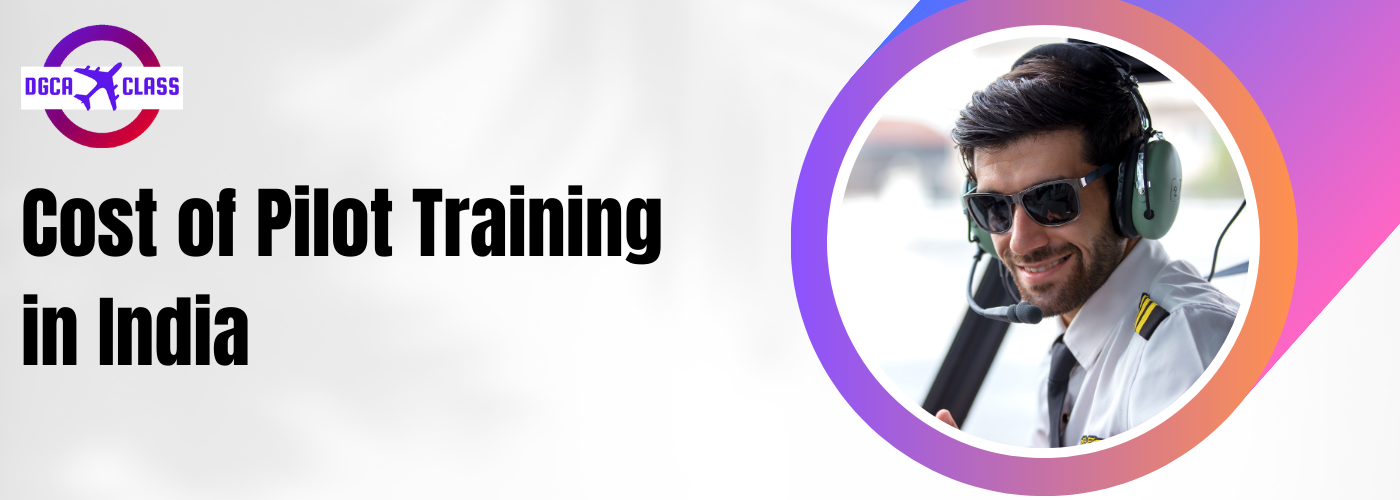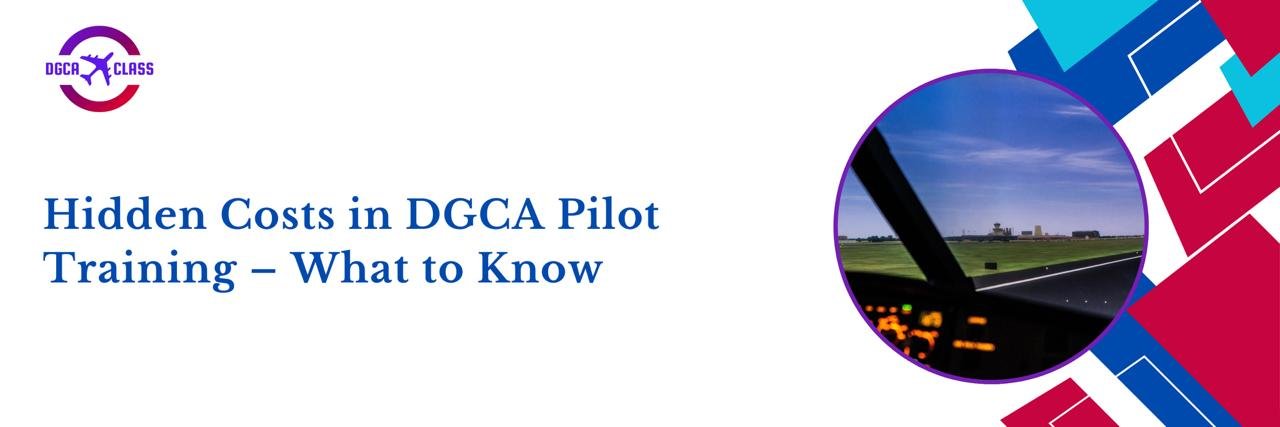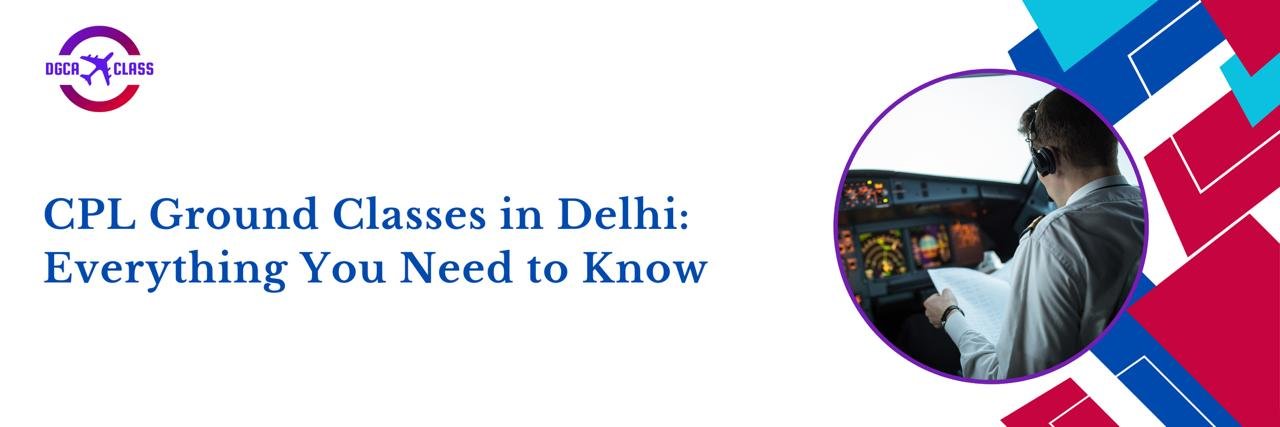Becoming a pilot is a dream many cherish, but the journey to the cockpit involves significant financial investment, especially in India. This comprehensive guide aims to elucidate the various costs associated with pilot training and explore the diverse financing options available to aspirant aviators. By understanding these expenses and planning effectively, you can make your dream of flying a reality without being grounded by financial constraints.
Pilot training is a multifaceted process that encompasses several stages, each with its own set of costs. Understanding these expenses will help you plan your finances better and avoid any unexpected financial hurdles.
Flight training is the most crucial and expensive part of becoming a pilot. It involves hands-on training in aircraft, which is essential for obtaining a Commercial Pilot License (CPL).
-
Hourly Flying Costs: The major portion of flight training expenses comes from the hourly rates charged for flying lessons. Typically, these rates include the aircraft rental, fuel, and instructor fees. In India, the cost ranges from INR 10,000 to 15,000 per hour. On average, a trainee requires about 200 hours of flying to qualify for a CPL, bringing the total to approximately INR 20 to 30 lakhs.
-
Simulator Training: Before flying an actual aircraft, trainees often practice on flight simulators. Simulator sessions cost less than real flight hours but still add to the overall expense, averaging around INR 1,000 to 2,000 per hour.
-
Miscellaneous Fees: Other costs include examination fees, licensing fees, and any additional training required to meet regulatory standards.
Ground school is where trainees learn the theoretical aspects of aviation.
-
Tuition Fees: Ground school courses cover subjects such as aviation meteorology, navigation, air regulations, and aircraft technical knowledge. The tuition fees for these courses can range from INR 2 to 5 lakhs.
-
Study Materials: Textbooks, navigation charts, flight computers, and other study aids can add another INR 50,000 to 1 lakh to your expenses.
-
Examination Fees: To obtain the CPL, you must pass various theoretical exams. Each exam has an associated fee, typically around INR 5,000 to 10,000 per subject.
Since flight training academies are often located away from major cities, trainees need to factor in accommodation costs.
-
Hostel Fees: Many flight schools offer hostel facilities, which can cost between INR 5,000 to 10,000 per month.
-
Private Rentals: Renting a private apartment or house can be more expensive, with costs ranging from INR 10,000 to 25,000 per month, depending on the location and amenities.
Apart from the major costs, there are several other expenses that aspiring pilots need to consider.
-
Medical Examinations: Pilots must pass rigorous medical exams to ensure they are fit to fly. The cost of these examinations can range from INR 5,000 to 10,000.
-
Uniforms and Equipment: Uniforms, flight bags, headsets, and other personal equipment can add up to INR 50,000 to 1 lakh.
-
Living Expenses: Daily living expenses, including food, transportation, and personal expenses, should also be accounted for, averaging around INR 10,000 to 15,000 per month.
When all these costs are summed up, the total cost of pilot training in India can range from INR 35 to 50 lakhs. This includes all the necessary training, accommodation, and other associated expenses. It's crucial to plan for these costs comprehensively to avoid any financial surprises during your training period.
Given the high costs, financing your pilot training is essential. Various options are available, each with its own advantages and considerations.
-
Bank Loans: Bank loans are a common way to finance pilot training. Several banks in India offer education loans specifically tailored for pilot training. Key points to consider include:
-
Loan Amount: Banks typically offer loans ranging from INR 20 to 50 lakhs for pilot training.
-
Interest Rates: Interest rates for education loans vary but generally range from 9% to 15% per annum. Some banks offer lower rates for loans secured with collateral.
-
Repayment Terms: Repayment usually begins after the completion of training and includes a grace period. Repayment tenures can extend up to 15 years, depending on the loan amount and bank policies.
-
Eligibility: Banks assess the applicant's academic background, the reputation of the flight school, and the financial standing of co-borrowers or guarantors.
Scholarships can significantly reduce the financial burden of pilot training. They are usually merit-based and awarded by various institutions, including government bodies, airlines, and private organizations.
-
Government Scholarships: The Ministry of Civil Aviation and state governments occasionally offer scholarships to deserving candidates. These are highly competitive and often require excellent academic records and a proven need for financial assistance.
-
Airline Scholarships: Some airlines offer scholarships as part of their cadet pilot programs. These not only cover training costs but also provide a job guarantee upon successful completion. Examples include the IndiGo Cadet Program and AirAsia Cadet Program.
-
Private Scholarships: Various aviation academies and private organizations also offer scholarships based on merit and financial need.
Grants are another form of financial assistance that does not require repayment. These are less common than loans and scholarships but can be an excellent source of funding.
-
Grants: Grants are another form of financial assistance that does not require repayment. These are less common than loans and scholarships but can be an excellent source of funding.
-
Institutional Grants: Some flight schools offer grants to students based on merit, financial need, or specific criteria such as gender or minority status.
-
Government Grants: Occasionally, government programs aimed at promoting aviation careers may offer grants to aspiring pilots.
Choosing the best financing option involves evaluating your financial situation, long-term career goals, and repayment capacity.
Here are some tips:
-
Assess Your Financial Standing: Evaluate your savings, potential family support, and ability to meet repayment obligations.
-
Compare Interest Rates and Terms: Different banks and institutions offer varied interest rates and repayment terms. Choose the one that offers the best balance between affordability and flexibility.
-
Consider Job Prospects: Programs that offer job guarantees or internships can provide more security and ease the repayment process.
While external financing is crucial, personal savings can also play a significant role in funding your pilot training.
Here are some strategies to help you save effectively:
-
Start Early: Begin saving as early as possible. The longer you save, the more you can accumulate through compound interest.
-
Set a Budget: Create a detailed budget outlining your income and expenses. Identify areas where you can cut back and allocate those savings towards your training fund.
-
Part-Time Jobs: Consider taking up part-time jobs or freelance work to generate additional income specifically for your training.
-
Invest Wisely: Explore investment options like mutual funds, fixed deposits, or recurring deposit schemes to grow your savings.
Effective budgeting and financial planning are essential to manage the high costs of pilot training.
Here's why they are important:
-
Avoid Debt Traps: Proper budgeting helps avoid over-reliance on loans and minimizes the risk of falling into debt traps.
-
Financial Security: A well-planned budget ensures you have sufficient funds to cover all training expenses without compromising on quality.
-
Stress Reduction: Knowing that your finances are in order can significantly reduce the stress associated with managing high training costs, allowing you to focus better on your studies and training.
Becoming a pilot in India involves substantial financial investment, but with careful planning and the right financing options, it is achievable. Understanding the various costs associated with pilot training and exploring multiple avenues for funding can help you navigate this challenging yet rewarding path. Whether through bank loans, scholarships, grants, or personal savings, there are several ways to finance your dream of flying. By budgeting
effectively and planning ahead, you can embark on your aviation journey with confidence and financial stability.
Here are 20 frequently asked questions (FAQs) related to the cost and financing of pilot training in India:
The total cost of pilot training in India typically ranges from INR 35 to 50 lakhs, depending on various factors such as the flight school, location, and individual expenses.
Flight training costs, which include aircraft rental, fuel, and instructor fees, typically range from INR 20 to 30 lakhs for the required 200 flying hours.
Ground school costs cover tuition fees, study materials, and examination fees, totaling approximately INR 2 to 5 lakhs.
Yes, simulator training costs about INR 1,000 to 2,000 per hour, adding to the overall training expense.
Accommodation options include flight school hostels (INR 5,000 to 10,000 per month) and private rentals (INR 10,000 to 25,000 per month).
Additional expenses include medical examinations (INR 5,000 to 10,000), uniforms and equipment (INR 50,000 to 1 lakh), and living expenses (INR 10,000 to 15,000 per month).
Yes, many banks in India offer education loans specifically for pilot training, with loan amounts ranging from INR 20 to 50 lakhs.
Interest rates typically range from 9% to 15% per annum, depending on the bank and whether the loan is secured or unsecured.
Yes, scholarships are offered by government bodies, airlines, and private organizations based on merit and financial need.
Airline cadet programs provide comprehensive training and often include job guarantees upon successful completion. Examples include the IndiGo Cadet Program and AirAsia Cadet Program.
Applications for government scholarships usually involve submitting academic records, financial statements, and other required documents to the respective government bodies.
Institutional and government grants are available, though they are less common than loans and scholarships. These grants are typically based on merit or financial need.
Consider your financial standing, compare interest rates and terms from different banks, and evaluate job prospects after training.
Yes, personal savings can significantly reduce the reliance on loans and are an important part of financing your training.
Start saving early, create a budget, take up part-time jobs, and invest wisely in financial products that offer good returns.
Proper budgeting and planning help avoid debt traps, ensure financial security, and reduce stress, allowing you to focus on your training.
Eligibility criteria typically include academic performance, the reputation of the flight school, and the financial standing of co-borrowers or guarantors.
Repayment periods generally extend up to 15 years, with a grace period after the completion of training.
Some airline cadet programs and scholarships offer job guarantees, which can provide financial security and ease the loan repayment process.
The main components include flight training, ground school, accommodation, and other expenses such as medical examinations, uniforms, and living expenses.


-1740414686.jpeg)
-1739891879.jpeg)


-1740419831.jpeg)
-1740215845.jpeg)
